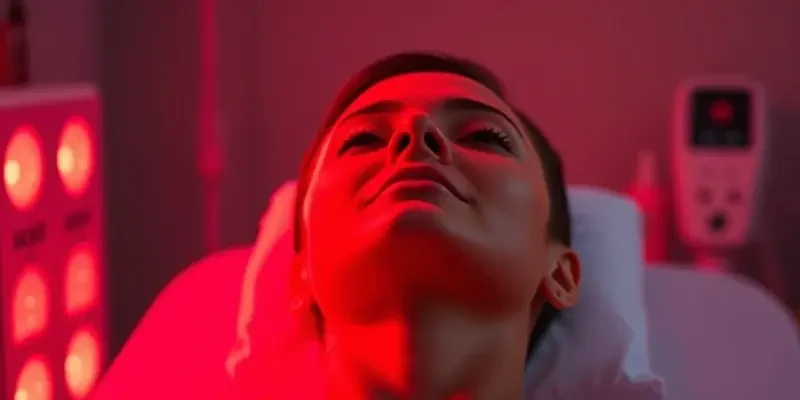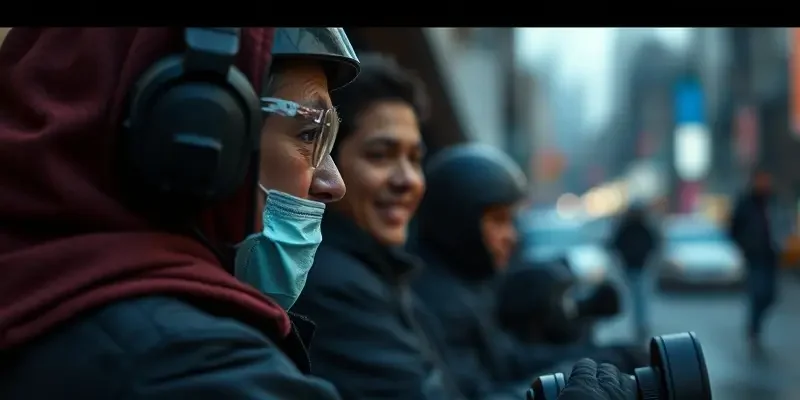Whether you’re a weekend warrior, a fitness newbie, or an elite athlete, recovery is one of the most crucial yet often overlooked aspects of training. Feeling sore, stiff, or sidelined by injury can halt your progress and motivation. But what if there was a proven, science-backed recovery hack to speed up healing, reduce pain, and keep you firing on all cylinders? Enter Red Light Therapy — an innovative tool shaking up the recovery game for fitness enthusiasts everywhere.
What Is Red Light Therapy and Why Should You Care?
Red light therapy, also known as photobiomodulation, uses specific wavelengths of red and near-infrared light (around 810–850nm) to penetrate deep into your muscles and tissues. This isn’t some futuristic sci-fi treatment — it’s backed by solid research showing it can significantly accelerate muscle repair and reduce inflammation after intense workouts or injuries.
Think of it like a tune-up for your cells. This light supercharges your mitochondria — the tiny power plants inside your cells — boosting ATP (cellular energy) production. More ATP means faster recovery, less soreness, and more resilience for your muscles and tendons.
Top Benefits of Red Light Therapy for Recovery and Injury Prevention
Let’s break down why red light therapy is becoming a go-to strategy for athletes and fitness lovers:
- Speeds Muscle Healing: By increasing cellular energy, red light therapy helps repair microtears caused by workouts much faster, so you can bounce back quicker.
- Reduces Inflammation: Its anti-inflammatory properties reduce swelling and muscle soreness, minimizing downtime after tough training sessions.
- Improves Muscle Strength and Endurance: Stimulating mitochondrial activity encourages muscle cell growth and better fatigue resistance, meaning you can push harder and longer.
- Enhances Mobility and Range of Motion: Less pain and stiffness translate to better flexibility and quicker return to your full training routine.
- Prevents Injuries: By improving tissue quality and collagen synthesis, red light makes muscles and tendons stronger and more resistant to strains and tears.
- Speeds Recovery from Strains and Tears: Supports faster rehabilitation from injuries, including muscle strains and tendon issues.
Imagine wrapping up a marathon or an intense training day and then using a 15-minute red light session within two hours. You could significantly cut down post-exercise soreness and get back to training fresher and faster.
How to Use Red Light Therapy Effectively
Timing and technique are key to getting the most from red light therapy. Here’s how to make it work for you:
- Wavelength Matters: Opt for devices emitting near-infrared light between 810 and 850 nm for deeper muscle penetration.
- Session Duration: Aim for 10 to 20 minutes per treated area, focusing on muscle groups you heavily worked or any injured sites.
- Best Timing: The sweet spot is within 2 to 4 hours after your workout or injury occurrence for optimal cell repair.
- Combine with Other Recovery Practices: Maximize benefits by pairing red light therapy with stretching, foam rolling, manual physical therapy, and mobility exercises.
For example, after cycling, spend 15 minutes applying red light to your quads and hamstrings, then do some gentle stretching and foam rolling. This combo aids faster muscle repair and flexibility.
Complementary Recovery Strategies to Boost Your Results
Red light therapy shines brightest when part of a broader recovery toolkit:
- Nutrition: Fuel your muscle rebuilding with protein-rich meals and antioxidants from fruits and veggies to enhance the anti-inflammatory effects.
- Mobility Tools: Use massage guns, compression garments, and cold therapy alongside red light sessions for holistic recovery.
- Mental Wellness: Staying motivated through goal-setting, mindfulness, and social support is crucial to maintain consistency in your rehab and recovery routine.
What Does the Science Say?
Multiple studies affirm red light therapy’s benefits for muscle healing, inflammation reduction, and injury rehabilitation. While individual responses vary, and device quality impacts outcomes, the consensus is clear: red light therapy is a powerful ally in your recovery arsenal.
However, it’s worth noting that more research is ongoing to fine-tune the most effective protocols. Avoid overusing low-quality devices, as that can limit results.
Final Thoughts: Should You Add Red Light Therapy to Your Recovery Routine?
If you’re serious about optimizing your training and minimizing injury risks, incorporating red light therapy is a smart move. Its ability to accelerate muscle repair, reduce inflammation, and strengthen tissue resilience makes it invaluable for fitness enthusiasts at all levels.
Pair it with good nutrition, mobility work, and a positive mindset, and you have a winning formula to stay strong, recover faster, and crush your fitness goals safely.
So, next time you finish a tough workout or feel that niggle of an injury, consider a red light session. Your muscles—and your progress—will thank you!
Ready to give red light therapy a try? Check out trusted devices with proper wavelength settings and dedicated recovery programs that fit your lifestyle. Remember, consistency and smart usage are key to unlocking its full potential. Stay active, stay healthy, and let the light work its magic!

